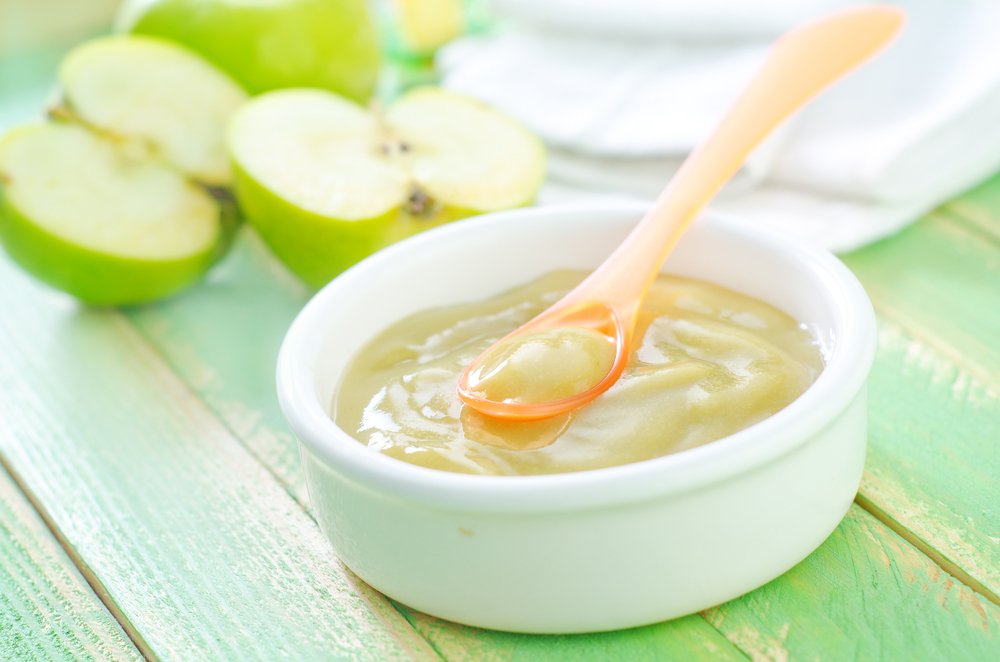Key points:
1. Introduction to solids starts around 6 months of age.
2. Some signs that show your baby is ready for solids are stable head control, sitting with little or without support, and showing interest in food by opening their mouth or leaning forward.
3. Introduce a diverse range of nutrient-rich, healthy foods to your baby, trying each food for three days in a row to detect any potential allergies.
4. Sometimes, you need to offer one food 10 to 15 different times before your little one accepts it.
Introducing solids to a baby can come with a lot of questions and concerns. The whole process can become a bit confusing after finding out different information from articles, books, friends, and family. Therefore, we’d like to clarify a few of the myths surrounding the introduction of solids.
The American Academy of Pediatrics (AAP) recommends introducing foods other than breast milk or formula to children that are approximately 6 months or older. Every child is different, but you can look for these signs to know if your baby is developmentally ready for eating solids:
- Your child has good head control.
- They can sit with little or no support.
- Your baby opens their mouth or leans forward when offered food.
There’s a method called baby-led weaning that is simply letting your child feed on their own and it gives them the chance to explore foods for themselves, coping with different food textures.
Debunking myths about introducing solids to a baby
The first myth is that it is necessary to introduce cereals first. Most people do start with single-grain cereals, but there is no scientific evidence that suggests that introducing solids to a baby in a particular order is best. It is also very common to hear that if you give your little one fruit first, they will refuse to eat vegetables later; but again, there is no scientific evidence supporting this. The truth is that you can start with almost any food you want! You can even start with meat puree, something that was unthinkable in the past.
Thanks to recent research, it is recommended that meat be one of the first solids your baby tries, as it provides the necessary iron intake that they require at this stage. After around the 6-month mark, babies run short of the iron reserves which they were born with; that’s why iron (and zinc) are important nutrients for your baby during the second half of their first year. Therefore, it is important to give them iron-rich food such as red meat and iron-fortified cereals.
Baby food recommendations
It is important to introduce your baby to a wide variety of healthy food that’s rich in nutrients, provided that you give them one specific food for 3 consecutive days to rule out any allergies.
Keep in mind that your little one is eating things for the first time, therefore, the foods’ texture and flavors are brand new. Don’t be discouraged if your child doesn’t want to eat something in particular, this is very normal. Just try again later!
Sometimes, you need to offer one food 10 to 15 different times before your little one accepts it. For this reason, it is important to continue offering a teaspoon at a time in a pureed and almost semi-liquid consistency.
Finally, remember your little one is starting to learn how to eat food, so lumps or thick solids will be difficult to swallow. Keep in mind that if you’re introducing solids to a baby as purees, the texture should be very smooth. As your little one gets more experience eating and gets used to solid foods, you can gradually change the consistency of the food by reducing the amount of liquid you add to the purees.
Tips for preparing foods for your baby and getting the weaning started:
- Mixing cereals and smashed grains with formula, breast milk, or water will make them smooth and easier for your baby to swallow.
- Apple, carrots, and other hard fruits or vegetables will need to be cooked first for them to be easily smashed, pureed, or cut into tiny pieces. Also, if the fruit has seeds, remove them first.
- Before cooking fish, poultry, or meat make sure to remove all skin, fat, and bones.
- Cut round foods like grapes, cherries, berries, and tomatoes into small pieces.
- If the food is soft, cut it into small pieces.
Some final reminders are to start simple with your baby’s food, offer them single-ingredient foods with no salt or sugar, and wait a few days before giving them new foods to see if they have an allergic reaction; after introducing foods to a baby with a single-ingredient, you can start combining.







